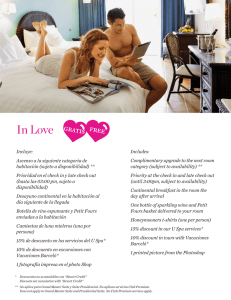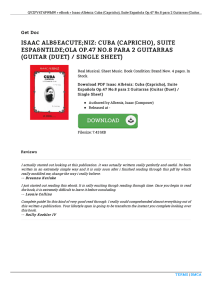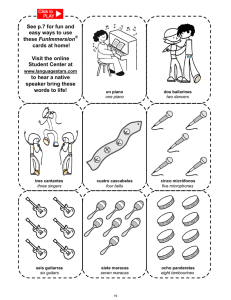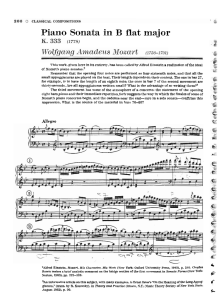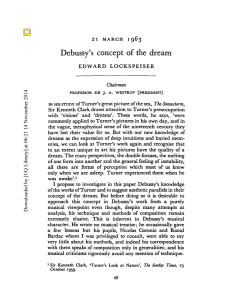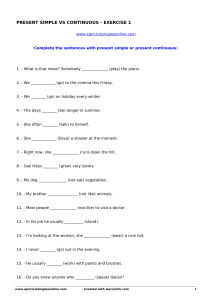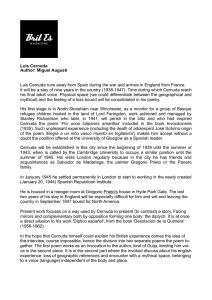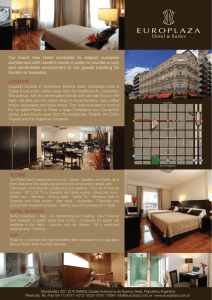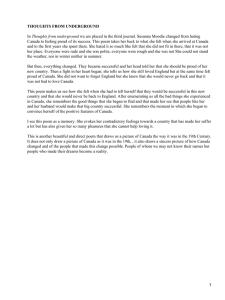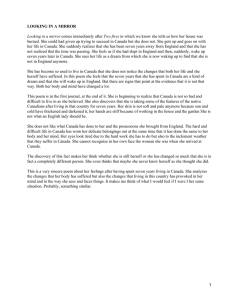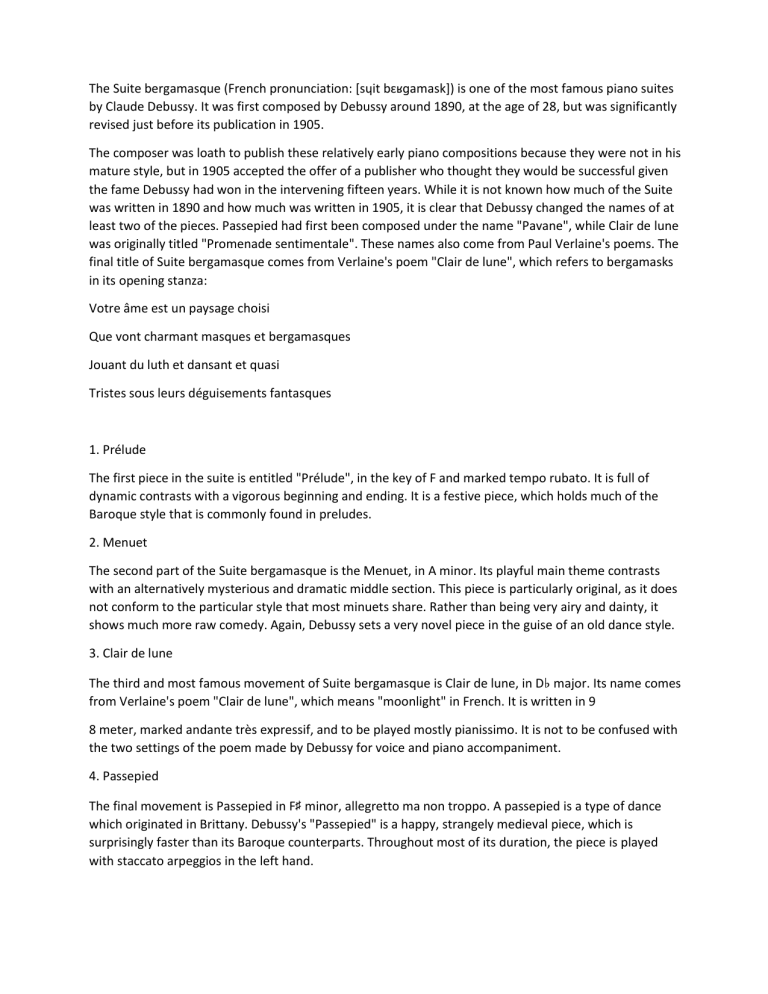
The Suite bergamasque (French pronunciation: [sɥit bɛʁɡamask]) is one of the most famous piano suites by Claude Debussy. It was first composed by Debussy around 1890, at the age of 28, but was significantly revised just before its publication in 1905. The composer was loath to publish these relatively early piano compositions because they were not in his mature style, but in 1905 accepted the offer of a publisher who thought they would be successful given the fame Debussy had won in the intervening fifteen years. While it is not known how much of the Suite was written in 1890 and how much was written in 1905, it is clear that Debussy changed the names of at least two of the pieces. Passepied had first been composed under the name "Pavane", while Clair de lune was originally titled "Promenade sentimentale". These names also come from Paul Verlaine's poems. The final title of Suite bergamasque comes from Verlaine's poem "Clair de lune", which refers to bergamasks in its opening stanza: Votre âme est un paysage choisi Que vont charmant masques et bergamasques Jouant du luth et dansant et quasi Tristes sous leurs déguisements fantasques 1. Prélude The first piece in the suite is entitled "Prélude", in the key of F and marked tempo rubato. It is full of dynamic contrasts with a vigorous beginning and ending. It is a festive piece, which holds much of the Baroque style that is commonly found in preludes. 2. Menuet The second part of the Suite bergamasque is the Menuet, in A minor. Its playful main theme contrasts with an alternatively mysterious and dramatic middle section. This piece is particularly original, as it does not conform to the particular style that most minuets share. Rather than being very airy and dainty, it shows much more raw comedy. Again, Debussy sets a very novel piece in the guise of an old dance style. 3. Clair de lune The third and most famous movement of Suite bergamasque is Clair de lune, in D♭ major. Its name comes from Verlaine's poem "Clair de lune", which means "moonlight" in French. It is written in 9 8 meter, marked andante très expressif, and to be played mostly pianissimo. It is not to be confused with the two settings of the poem made by Debussy for voice and piano accompaniment. 4. Passepied The final movement is Passepied in F♯ minor, allegretto ma non troppo. A passepied is a type of dance which originated in Brittany. Debussy's "Passepied" is a happy, strangely medieval piece, which is surprisingly faster than its Baroque counterparts. Throughout most of its duration, the piece is played with staccato arpeggios in the left hand.

